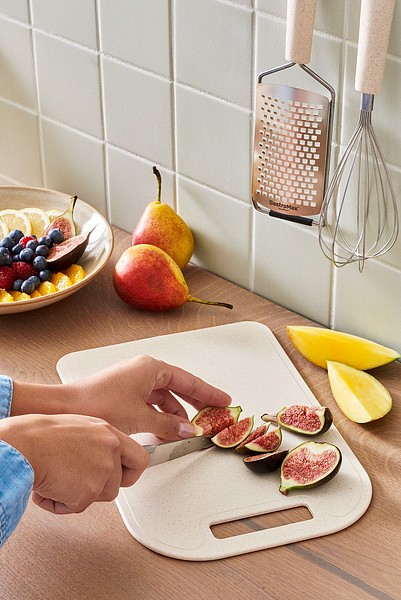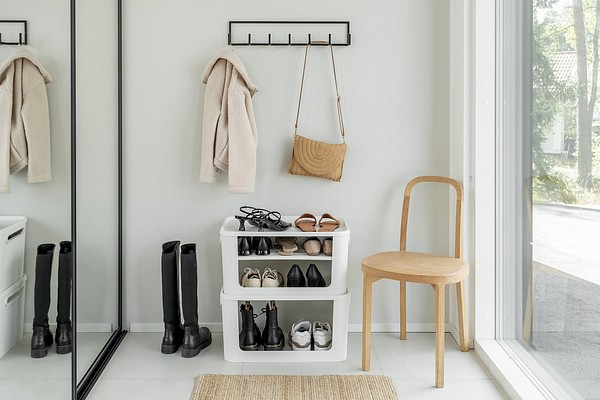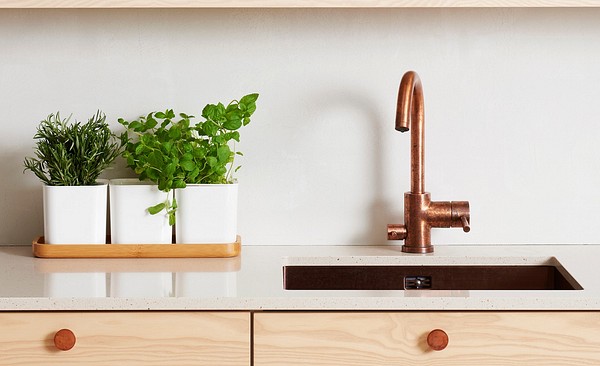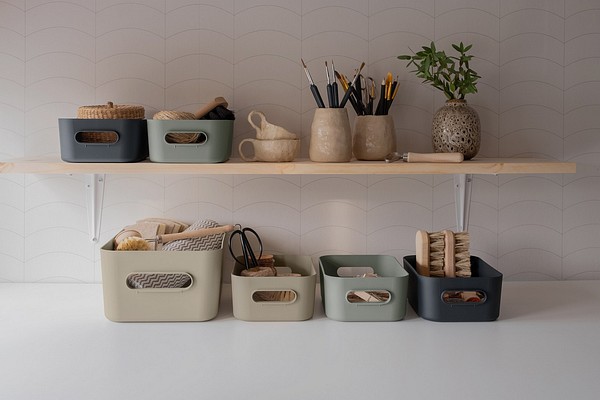Orthex’s operating environment
Orthex operates in the storage, kitchenware, and home and garden products market, which has historically been stable and resilient throughout different economic cycles. The market for household products in Europe is fragmented. Although the market is competitive, fragmentation lowers the threshold to increase market share and find attractive niches.

Orthex has approximately 800 customers in more than 40 countries. Orthex’s geographic markets are the Nordics, the Rest of Europe, and the Rest of the world. Orthex has eight local sales offices located in the Nordics, Germany, France, the United Kingdom, and the Benelux.
Between 2019 and 2025, Orthex’s core markets for home storage, food storage and kitchen utensils are estimated to grow at a compound annual growth rate (“CAGR”) of approximately 2 percent, in line with average historical development. The total food storage market is expected to grow the fastest of the three main markets, at a CAGR of approximately 2.3 percent between 2019 and 2025, driven by demand for high value products.
The resilience of the market is primarily based on the underlying need-based demand for home and food storage products and kitchen utensils, meaning that purchases of such products are made regardless of economic conditions.
Main industry trends and market drivers
Urbanization
The global megatrend of urbanization is especially prominent in Orthex’s core markets. As the area allocated for housing is more sparse and expensive in growth centers benefiting from urbanization, consumers often choose location over space, resulting in increasing supply of smaller homes. Small spaces, in turn, drive demand for functional storage solutions and household products that allow efficient use of the living space. Despite households being inhabited by fewer people, the need for necessities, such as home storage, food storage and kitchen utensils, remains nearly the same per household.1

Consumption patterns
Consumption patterns supporting Orthex’s business are mainly related to how people spend their time at home:
- the increased interest in cooking at home
- increased interest among households in keeping their homes organized
- the demand for houseplants
- increasing popularity for gardening herbs and vegetables at home and indoors
With polarizing consumption patterns, there is an increasing demand for premium household products in addition to budget products. Retailers fill their assortments with both private label and premium brands to cater to both categories.2
Changing consumer habits are forcing companies in the homeware market to update their product assortments. Companies are expanding from food storage products to encompass other multi-use containers. The kitchen products assortment is being expanded with a variety of new gadgets and utensils. Consumers’ desire to recycle is creating demand for waste management storage.
There is a greater focus on design, which allows for storage products to function as interior design elements. Riding the home investment wave, high-end options are increasingly apparent across the spectrum.

Sustainability trends
For Nordic and Western European consumers, sustainability is increasingly among their top priorities. Consumers place a heavy emphasis on sustainability and expect companies to take the initiative and help them in making more sustainable purchasing decisions.3

- Source: Eurostat, 2008–2018 perspective, million households and average household size.
- Source: Euromonitor, 2013–2018 perspective, percentage of private label products in Western Europe for kitchen utensils and food storage.
- Source: McKinsey & Company, July 2019, Generation Z and Millennial Survey.